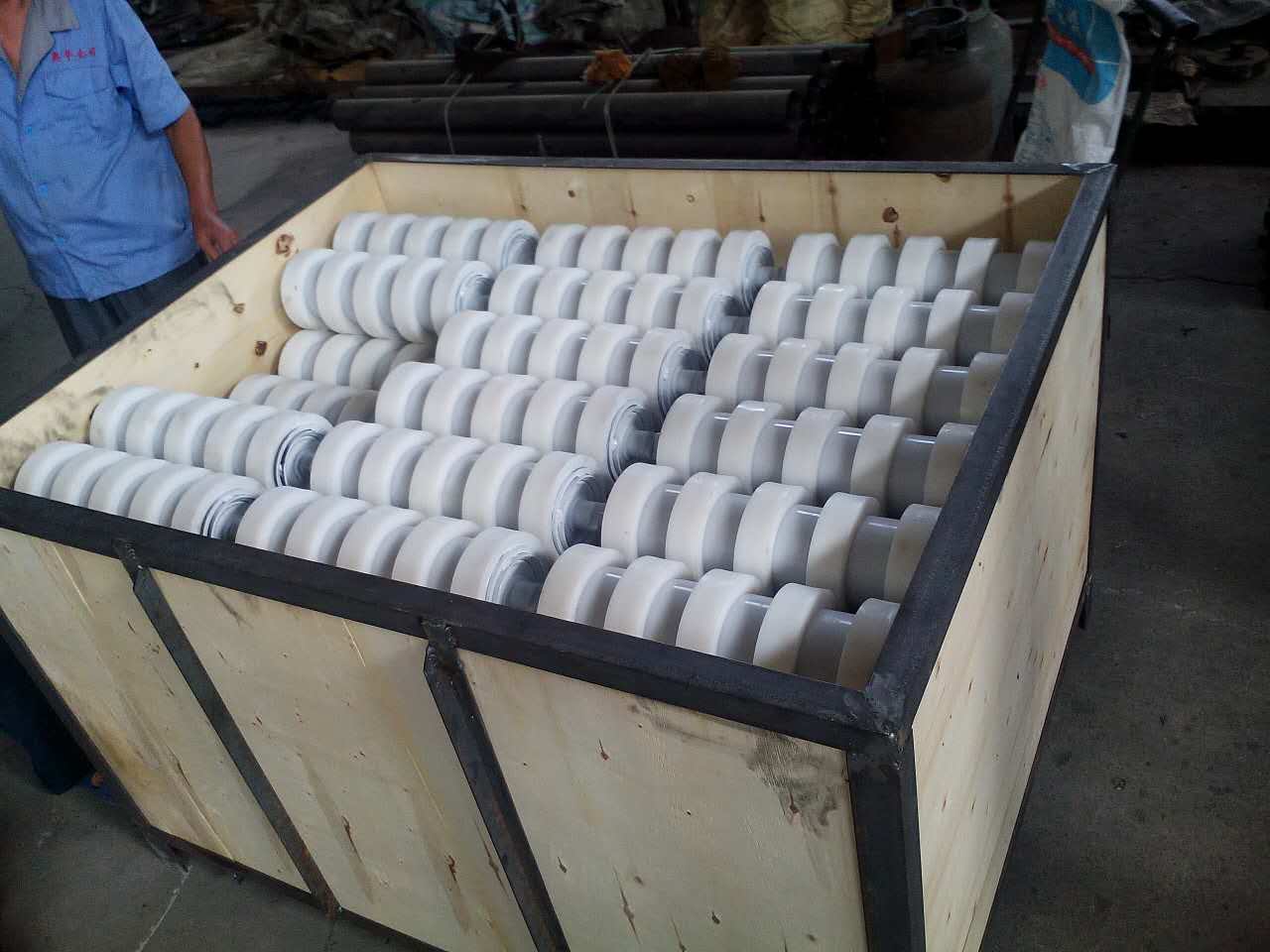 Afrikaans
Afrikaans  Albanian
Albanian  Amharic
Amharic  Arabic
Arabic  Armenian
Armenian  Azerbaijani
Azerbaijani  Basque
Basque  Belarusian
Belarusian  Bengali
Bengali  Bosnian
Bosnian  Bulgarian
Bulgarian  Catalan
Catalan  Cebuano
Cebuano  Corsican
Corsican  Croatian
Croatian  Czech
Czech  Danish
Danish  Dutch
Dutch  English
English  Esperanto
Esperanto  Estonian
Estonian  Finnish
Finnish  French
French  Frisian
Frisian  Galician
Galician  Georgian
Georgian  German
German  Greek
Greek  Gujarati
Gujarati  Haitian Creole
Haitian Creole  hausa
hausa  hawaiian
hawaiian  Hebrew
Hebrew  Hindi
Hindi  Miao
Miao  Hungarian
Hungarian  Icelandic
Icelandic  igbo
igbo  Indonesian
Indonesian  irish
irish  Italian
Italian  Japanese
Japanese  Javanese
Javanese  Kannada
Kannada  kazakh
kazakh  Khmer
Khmer  Rwandese
Rwandese  Korean
Korean  Kurdish
Kurdish  Kyrgyz
Kyrgyz  Lao
Lao  Latin
Latin  Latvian
Latvian  Lithuanian
Lithuanian  Luxembourgish
Luxembourgish  Macedonian
Macedonian  Malgashi
Malgashi  Malay
Malay  Malayalam
Malayalam  Maltese
Maltese  Maori
Maori  Marathi
Marathi  Mongolian
Mongolian  Myanmar
Myanmar  Nepali
Nepali  Norwegian
Norwegian  Norwegian
Norwegian  Occitan
Occitan  Pashto
Pashto  Persian
Persian  Polish
Polish  Portuguese
Portuguese  Punjabi
Punjabi  Romanian
Romanian  Russian
Russian  Samoan
Samoan  Scottish Gaelic
Scottish Gaelic  Serbian
Serbian  Sesotho
Sesotho  Shona
Shona  Sindhi
Sindhi  Sinhala
Sinhala  Slovak
Slovak  Slovenian
Slovenian  Somali
Somali  Spanish
Spanish  Sundanese
Sundanese  Swahili
Swahili  Swedish
Swedish  Tagalog
Tagalog  Tajik
Tajik  Tamil
Tamil  Tatar
Tatar  Telugu
Telugu  Thai
Thai  Turkish
Turkish  Turkmen
Turkmen  Ukrainian
Ukrainian  Urdu
Urdu  Uighur
Uighur  Uzbek
Uzbek  Vietnamese
Vietnamese  Welsh
Welsh  Bantu
Bantu  Yiddish
Yiddish  Yoruba
Yoruba  Zulu
Zulu Effective Solutions for Conveyor Trough Roller Design and Performance Optimization
Conveyor Trough Rollers Essential Components for Efficient Material Handling
In the modern industrial landscape, efficient material handling is a crucial aspect of operational success. One of the key components that facilitate this efficiency is the conveyor system, and specifically, conveyor trough rollers. Conveyor trough rollers play an essential role in transporting bulk materials effectively across various settings, from mining and construction sites to manufacturing facilities and distribution centers.
What Are Conveyor Trough Rollers?
Conveyor trough rollers are cylindrical components that sit within a conveyor belt system, designed to support and guide the movement of the belt as it carries materials. These rollers are typically installed at various locations along the conveyor system and can be found in configurations such as trough, flat, or impact rollers. The trough design allows for the formation of a channel, which can hold bulk materials securely, reducing spillage and ensuring that the material remains centered on the belt.
The Importance of Trough Rollers in Conveyor Systems
1. Reduced Friction and Wear One of the primary functions of conveyor trough rollers is to reduce friction between the conveyor belt and the surface on which it runs. This reduction in friction helps prolong the lifespan of both the belt and the rollers, resulting in lower maintenance costs and improved operational efficiency.
2. Increased Load Capacity Trough rollers are specifically designed to bear heavy loads. The trough shape allows these rollers to distribute the weight of the materials evenly across the belt, preventing any potential damage while enabling the conveyor system to handle heavier loads without compromising performance.
3. Material Segregation and Support By providing lateral support, trough rollers help prevent the migration of bulk materials during transportation. This segregation ensures that materials do not spill over the edges of the belt, which is vital for maintaining a clean working environment and optimizing material usage.
4. Adjustment and Customization Conveyor trough rollers can be tailored to fit the specific requirements of various applications. Different materials (such as rubber, steel, or plastic) and designs (such as standard, heavy-duty, or return rollers) are available. This versatility allows industries to customize their conveyor systems to achieve maximum efficiency based on the characteristics of the materials being transported.
Types of Conveyor Trough Rollers
conveyor trough rollers

1. Standard Trough Rollers These are the most common type and are typically used in bulk material handling systems. They are designed to support standard load capacities in a variety of operational environments.
2. Heavy-Duty Trough Rollers As the name suggests, these rollers are robust and designed for transporting heavier loads. They are commonly used in industries such as mining, where the material being transported can be particularly abrasive and heavy.
3. Impact Rollers These rollers are designed to absorb the shock and impact of bulk materials that fall onto the conveyor belt. They are vital in maintaining the integrity of the belt and prolonging roller life in high-impact applications.
4. Return Rollers Found on the return side of the conveyor belt, return rollers help support the empty belt as it returns to the loading point. They assist in keeping the belt aligned and maintaining its overall tension.
Maintenance and Best Practices
To ensure the longevity and efficient operation of conveyor trough rollers, routine maintenance is essential. Regular inspections should include checking for signs of wear, misalignment, and any buildup of material that may cause additional strain on the system. Lubrication of bearings and replacement of worn components must be carried out in accordance with the manufacturer's guidelines to avoid unexpected downtimes.
Proper installation and alignment during the setup of the conveyor system also play a crucial role in optimizing the performance of trough rollers. By ensuring that the rollers are correctly aligned, operators can minimize potential issues such as belt slippage and uneven wear.
Conclusion
Conveyor trough rollers are indispensable components in the realm of material handling. Their ability to support heavy loads, reduce friction, and prevent material spillage makes them essential for efficient operations across various industries. By understanding the types of rollers available and implementing proper maintenance practices, businesses can enhance their productivity and profitability through optimized conveyor systems. As the demand for efficient material handling continues to grow, the role of conveyor trough rollers will remain critical in facilitating smooth and effective operations.
-
Revolutionizing Conveyor Reliability with Advanced Rubber Lagging PulleysNewsJul.22,2025
-
Powering Precision and Durability with Expert Manufacturers of Conveyor ComponentsNewsJul.22,2025
-
Optimizing Conveyor Systems with Advanced Conveyor AccessoriesNewsJul.22,2025
-
Maximize Conveyor Efficiency with Quality Conveyor Idler PulleysNewsJul.22,2025
-
Future-Proof Your Conveyor System with High-Performance Polyurethane RollerNewsJul.22,2025
-
Driving Efficiency Forward with Quality Idlers and RollersNewsJul.22,2025





























